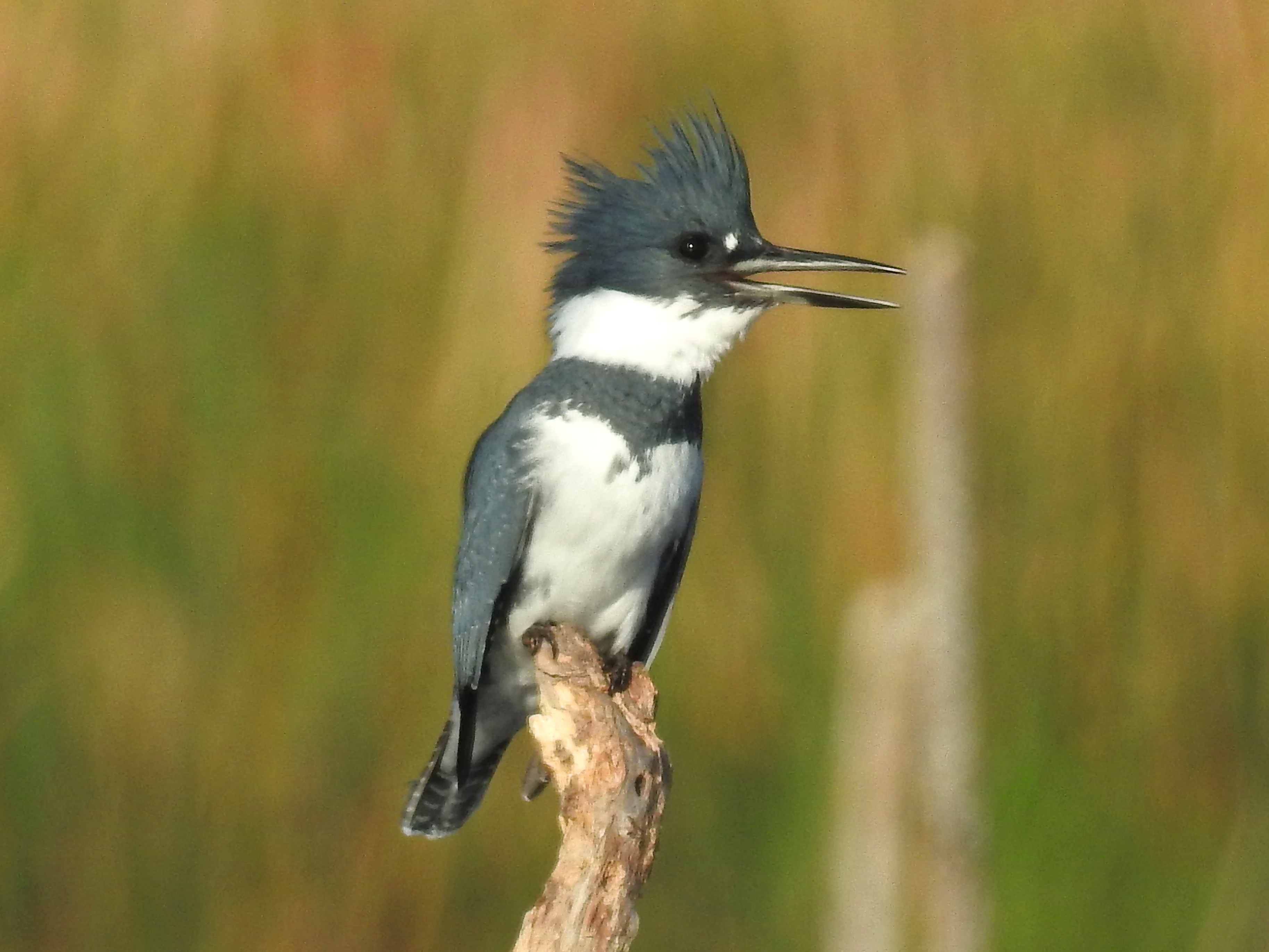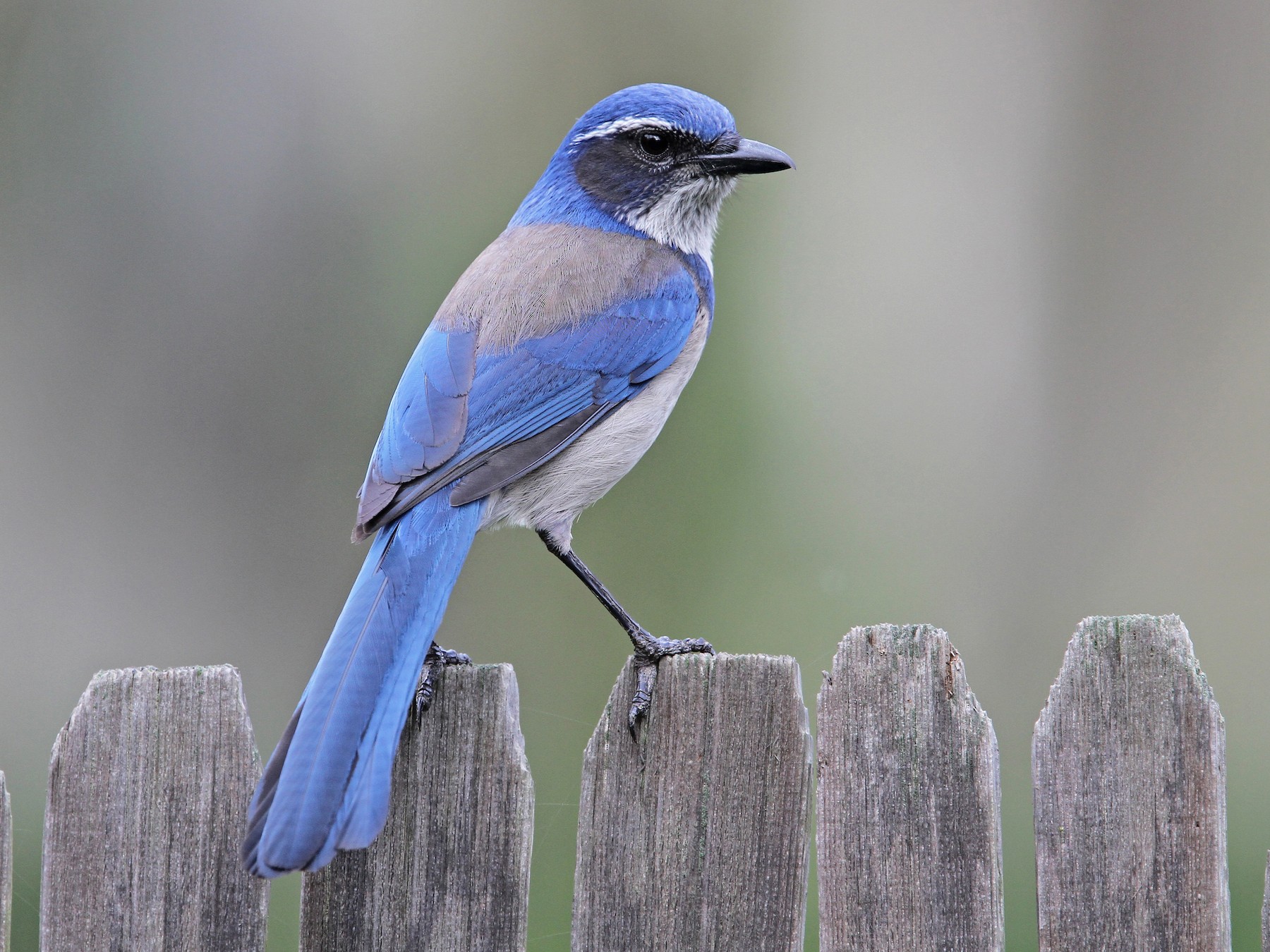Blue birds are a rare and beautiful sight in nature, and Washington State is home to a variety of them. From the deep blue of the Barn Swallow to the half-blue, half-white of the Blue Jay, these birds are a wonder to behold.
In this article, we will explore eight types of blue birds found in Washington State, including their descriptions and where to find them. Whether you’re an avid birdwatcher or just looking to appreciate the beauty of nature, these blue birds are definitely worth watching.
You are reading: 8 Types Of Blue Birds In Washington State To Watch

8 Types Of Blue Birds In Washington State To Watch
Barn Swallow
The Barn Swallow (Hirundo rustica) is a distinctive bird with bold plumage and a long, slender, deeply forked tail. It is the most widespread species of swallow in the world, found in Europe, Asia, Africa, and the Americas.
In Washington State, Barn Swallows are migratory songbirds that occur and breed from spring to fall. They are sparrow-sized birds with long, pointed wings and streamlined bodies developed for fast, acrobatic flight.
Barn Swallows are seen swooping and flying over fields, orchards, lakes, and anywhere else that flying insects are abundant. They are insectivores, catching a variety of insects in midair with their wide-gaped bills and expert flight.
Barn Swallows usually nest in single pairs, and they build mud nests attached to buildings, a process that sometimes brings them into conflict with humans. The Barn Swallow is a common bird in rural areas and semi-open country, often seen skimming low over fields with a flowing, graceful flight.
Blue Jay
The Blue Jay (Cyanocitta cristata) is a passerine bird in the family Corvidae, native to eastern North America. It is a bright blue medium-sized bird with a blue crest on its head, black wing markings, and black necklaces.
The Blue Jay measures about 30 cm in length from the tip of its bill to the tip of its tail, and weighs 70-100 g, with a wingspan of 34-43 cm. The crest, an elongated crown of feathers found in many jays, is raised or lowered according to the bird’s mood.
The Blue Jay is a noisy, bold, and aggressive bird that is very territorial and will chase others from a feeder for an easier meal. Blue Jays are omnivorous and consume a wide variety of food, including fruits, seeds, nuts, insects, spiders, small mice, and eggs from other birds.
They are also known for being amazing mimics and are able to replicate a wide variety of sounds, including man-made sounds as well as those of other animals. Blue Jays are found throughout the eastern half of the United States, Canada, and Mexico.
Indigo Bunting
Read more : 7 Types Of Parrot Breeds To Keep As Pets
The Indigo Bunting (Passerina cyanea) is a small seed-eating bird in the cardinal family, Cardinalidae. It is migratory, ranging from southern Canada to northern Florida during the breeding season, and from southern Florida to northern South America during the winter.
The Indigo Bunting is a small bird, with a length of 11.5–13 cm (4.5–5.1 in). The male is vibrant blue in the summer, with brightly colored plumage during the breeding season to attract a mate. It is brown during the winter months, while the female is brown year-round.
The Indigo Bunting is often found in farmland, brush areas, and open woodland habitats. Nest-building and incubation are done solely by the female. The diet of the Indigo Bunting consists primarily of insects during the summer months and seeds during the winter months.
Indigo Buntings are persistent singers, and their sharp “spik” call note is often heard and easy to recognize. They are sexually dimorphic, with only males having blue plumage during their breeding season.
Females, juveniles, and males in winter plumage are an unassuming tawny brown. Indigo Buntings are often seen in midsummer along rural roads, where they often sing from telephone lines or wooded edges for hours on end.
Belted Kingfisher

The Belted Kingfisher (Megaceryle alcyon) is a large, stocky, and conspicuous water kingfisher native to North America. Here are some key features and facts about the Belted Kingfisher:
Identification:
– Stocky, large-headed bird with a shaggy crest on the top and back of the head
– Straight, thick, pointed bill
– Powder blue above with white underparts and blue breast band
– Legs are short and tails are medium length
Habitat:
– Common along streams and shorelines across North America
– Perches on riverside branches, telephone wires, and high snags
Diet:
– Fish species that live in shallow water or swim near the surface
– Crayfish, insects, frogs, snakes, young birds, and small mammals
Behavior:
– Hunt using a sit-and-wait strategy from a perch with a clear view over their feeding territory
– Clear water is essential for successful hunting
– Male establishes and aggressively defends a waterside territory each spring
– Female is more brightly colored than the male, with a rust-colored belly band to complement her otherwise blue-and-white plumage
Conservation status:
– Recent surveys indicate declines in population
– May be vulnerable to loss of nesting sites and to disturbance during breeding season
The Belted Kingfisher is a fascinating bird to watch, with its distinctive profile and energetic flight over waterways.
California Scrub-Jay

The California Scrub-Jay (Aphelocoma californica) is a medium-sized bird that is native to western North America. Here are some key features and facts about the California Scrub-Jay:
Identification:
– Deep azure blue head, wings, and tail
– Gray-brown back and light grayish underparts
– White eyebrows and a blue necklace
– Approximately 27-31 cm (11-12 in) in length, with a 39 cm (15 in) wingspan and about 80 g (2.8 oz) in weight
Habitat:
– Inhabits areas of low scrub, preferring pinon-juniper forests, oak woods, and edges of mixed evergreen forests
– Often found in urban areas, where it can become tame and will come to bird feeders
Diet:
– Omnivorous, feeding on insects, spiders, small vertebrates, and a variety of plant material, including acorns, berries, and seeds
Behavior:
– Animated, vocal, and playful, moving about in bold hops and lunges
– Pairs of California Scrub-Jays are often seen
– Nest in bushes and low trees, usually not more than 5 to 15 feet above the ground
The California Scrub-Jay is often referred to as the “blue jay” of parks, neighborhoods, and riverside woods near the Pacific Coast. It is a beautiful and fascinating bird to watch, with its deep blue plumage and playful behavior.
Lazuli Bunting
Read more : Do Bluebirds Eat Crickets?
The Lazuli Bunting (Passerina amoena) is a small, colorful songbird native to North America. Here are some key features and facts about the Lazuli Bunting:
Identification:
– Breeding males are bright blue above with a rusty-orange breast and white wing bars
– Females and non-breeding males are brownish with a blue-gray head and a buffy breast
Habitat:
– Breeds in brushy habitats from sea level to more than 3,000 meters throughout the western United States and southwestern Canada
– Migrates to southeastern Arizona and Mexico
Diet:
– Feeds primarily on insects during the breeding season, and seeds and berries during the non-breeding season
Behavior:
– Males sing a sweet, jumbled song from perches in shrubs and trees to attract mates
– Females build nests in shrubs or low trees, and incubate the eggs and care for the young
The Lazuli Bunting is a beautiful and colorful bird that is often found in brushy habitats throughout the western United States and southwestern Canada. It is a treat to see the bright blue males during the breeding season, and to hear their sweet songs.
Mountain Bluebird
The Mountain Bluebird (Sialia currucoides) is a migratory small thrush that is found in mountainous districts of western North America. Here are some key features and facts about the Mountain Bluebird:
Identification:
– Adult males are bright turquoise-blue and somewhat lighter underneath, with thin bills
– Adult females have duller blue wings and tail, grey breast, grey crown, throat, and back
Habitat:
– Inhabits open country with some trees, often in more open areas than other bluebirds
– Breeding habitats not always in mountains; found in lowland prairies and sagebrush flats as well as alpine zones above treeline
Diet:
– Forages in open habitats with few trees, feeding on insects during the breeding season and seeds during the non-breeding season
Behavior:
– Often forages by hovering over open fields, then dropping to the ground when prey is spotted
– Nests in cavities, usually a natural hollow or old woodpecker hole in a tree, or in a birdhouse
The Mountain Bluebird is a stunning bird with its bright turquoise-blue plumage. It is often found in open country with some trees, and can form large flocks in winter.
Steller’s Jay
The Steller’s Jay (Cyanocitta stelleri) is a bird native to western North America and the mountains of Central America, closely related to the blue jay found in eastern North America. Here are some key features and facts about the Steller’s Jay:
Identification:
– Large songbird with a prominent triangular crest that often stands nearly straight up from their head
– Deep blue head, wings, and tail, with black on the forehead and around the eyes
– Grayish-brown back and underparts
– Long, straight, and powerful bill with a slight hook
Habitat:
– Inhabits coniferous and mixed mountain forests of western North America, from southern Alaska south and east to the foothills of the Rocky Mountains, where it occasionally hybridizes with the Blue Jay
– Also found in Mexican highlands, south into Central America as far as northern Nicaragua
Diet:
– Omnivorous, eating seeds, nuts, berries, fruit, invertebrates, bird nestlings and eggs, and small rodents
– Quick to take advantage of human food sources, including bird feeders and garbage bins at picnic areas and campgrounds
Behavior:
– Highly vocal species equipped with a variety of loud calls, and an excellent imitator of other birds and animals, and even mechanical sounds such as those made by phones, sprinklers, and squeaky doors
– Often seen in pairs or small family groups
The Steller’s Jay is a beautiful and fascinating bird to watch, with its deep blue plumage and prominent crest. It is often found in coniferous and mixed mountain forests, and is known for its loud calls and excellent mimicry.
FAQS
1. What are the types of blue birds found in Washington State?
The types of blue birds found in Washington State include the Barn Swallow, Blue Jay, Indigo Bunting, Belted Kingfisher, California Scrub-Jay, Lazuli Bunting, Mountain Bluebird, and Steller’s Jay.
2. Where can I find these blue birds in Washington State?
These blue birds can be found in a variety of habitats throughout Washington State, including fields, orchards, lakes, streams, forests, and urban areas.
3. What do these blue birds eat?
These blue birds have varied diets, including insects, seeds, nuts, berries, fruit, invertebrates, bird nestlings and eggs, and small rodents.
4. Are these blue birds migratory?
Some of these blue birds are migratory, while others are year-round residents in Washington State.
5. What is the conservation status of these blue birds?
The conservation status of these blue birds varies, with some species being of least concern and others being of concern due to population declines and habitat loss.
6. Can I attract these blue birds to my backyard?
Yes, you can attract some of these blue birds to your backyard by providing appropriate food, water, and shelter, and by creating a bird-friendly habitat.
Source: https://petstutorial.com
Category: Birds










